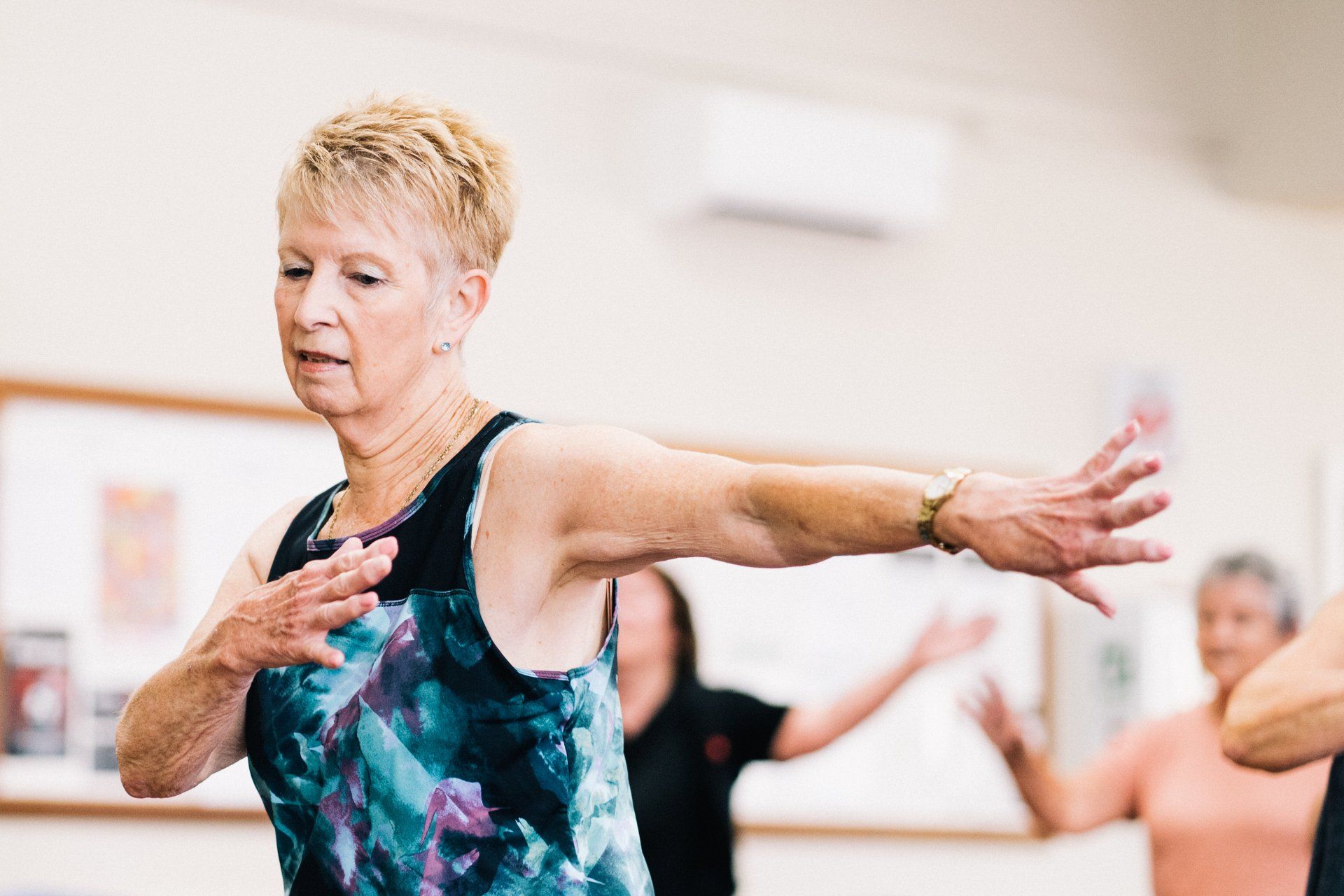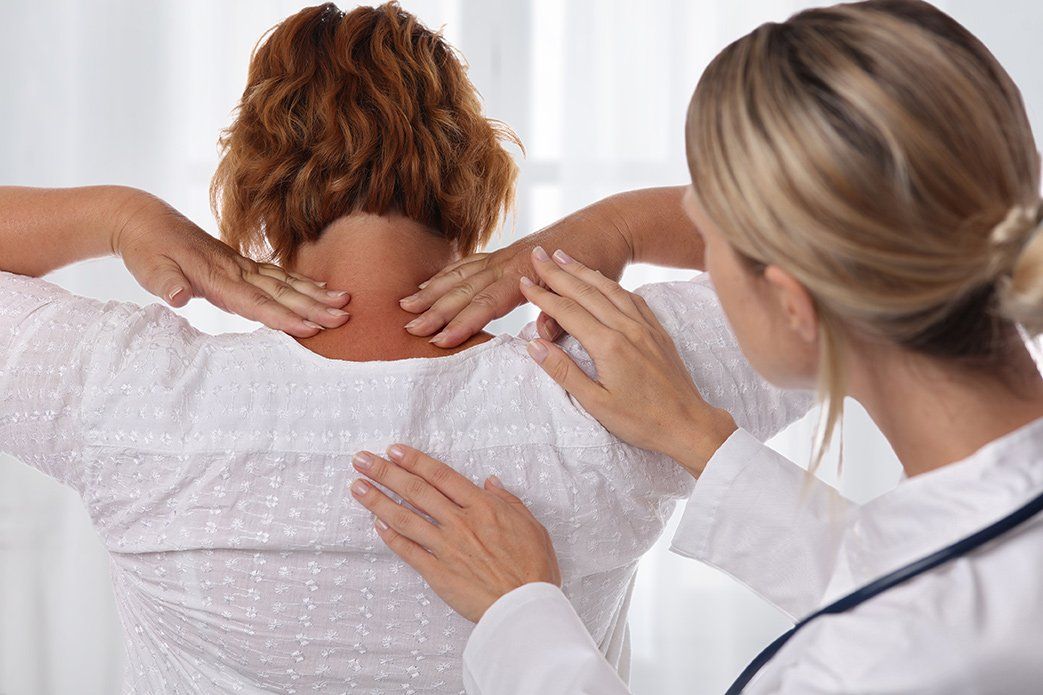Who is In Charge of Bone Health?
Bone Health is Connected to Overall Health
by Kimberly Zambito, MD and Andrew Bush, MD
A healthy mind resides in a healthy body. A healthy body needs healthy parts - healthy skin, a healthy heart and a healthy gut. To move all these healthy parts around we need a healthy skeleton. Our skeleton, all 206 bones, is an organ system just as our heart, our gut, and our skin are. Our skeletal system should be cared for in the same way that we care for all other parts. Unfortunately, we take our skeletons for granted. Until one day our foot gets caught on the edge of the carpet, or we forgot to wipe up the spilled water on the kitchen floor or our little dog or cat gets in between our feet causing the fall resulting in a loud “CRACK!!”. That “crack” signals a life changing event…a “bone attack”, rather than a heart attack. It is then that the importance of a healthy skeleton becomes a very painful reality.
Bone health is not too different from heart health or gut health. We must realize that our body systems work together and when that synergy is interrupted, we get sick. The basics of good health are consistent – good nutrition, active lifestyle, minimizing stress, appropriate exercise, good sleep habits, and avoiding unhealthy lifestyle habits such as smoking and excessive alcohol consumption. These recommendations are universal.
Proper nutrition is extremely important for healthy bones throughout life, especially during the years that bone is forming – up to approximately 30 years old. After that, the amount of bone that we have in our bodies will decrease as we age. The average rate of bone loss is 0.5-1% per year following peak bone mass at age 30. This bone loss happens in both men and women, although it occurs earlier in women. Bone loss can occur at a much more rapid rate and to a higher degree in women around menopause. It has been estimated that women may lose approximately 20% of their entire bone mass in the 10-15 years surrounding menopause. For this reason, most fragility fractures occur in women. The goal of a Bone Health program is to prevent bone loss beyond the average expected bone loss which occurs as part of the normal aging process, to educate people about those factors that can be modified, and to treat osteoporosis and fractures related to bone loss (fragility fractures). Treatment does not necessarily mean a prescription for medications.
Since our bones are protein and mineral-based, getting adequate amounts of protein and the appropriate minerals is imperative. Minerals crucial for bone health include calcium, magnesium, phosphorus, boron, selenium, copper, zinc and manganese and are building blocks for healthy bone. Adequate protein intake is important to make collagen which forms the scaffolding of bone. Other nutrients such as Vitamin D3, Vitamin C and Vitamin K2 are necessary for the processes of healthy bone building. Dietary sources of these nutrients are the preferred method of getting these important and essential nutrients, but supplementation is appropriate when these necessary nutrients are not obtainable through diet alone. Bone remodeling is an ongoing process, so maintaining healthy nutritional habits is also an ongoing process. If there is only one nutritional item you can improve upon, really consider optimizing protein intake, especially as you age or are overcoming an illness.
Getting physical with your bones is just as important as providing bones with building blocks through good nutrition. A factor crucial to forming and maintaining healthy bone is activity and exercise. Bone development and remodeling are driven by the applied forces that the bone “feels”. Impact (light to medium) stimulates the bone cells called osteocytes that live in the bone matrix to send out signals to the bone building cells (osteoblasts). Osteoblasts respond to those forces by building more bone. Bone health is maintained when muscles are strong, so that the bone “feels” the pull of those muscles. Strong muscles are built with exercises such as consistently challenging your muscles by weightlifting.
Posture, balance, and flexibility exercises are important to include in your exercise program. When you have a good sense of balance, falls resulting in fractures are less likely to occur. Fall prevention is part of a comprehensive bone health program.
Bone health care is preventative medicine. It is the core of fracture prevention. Early initial screening followed by routinely scheduled monitoring is essential. Many in the bone healthcare field recommend perimenopausal bone densitometric assessment around the age of 50, not at the age of 65, as is the current recommendation. By 65 years of age, a woman may have lost a significant amount of bone mineral density. By that time, treatment choices are significantly limited. We recommend everyone start the process early. With early bone assessment, a baseline can be established, and then routine yearly monitoring can be continued. This recommendation for bone health monitoring is in line with other healthcare monitoring - blood pressure, cholesterol and diabetes screening.
The importance of a healthy skeletal system is well understood by physicians of multiple specialties. Some primary care providers include Bone Healthcare in their annual physicals. Specialists like Orthopedic Surgeons who are trained to fix broken bones may emphasize bone health and fracture prevention when they treat patients. There are several different specialties that are involved in bone health care including primary care, physical medicine and rehabilitation, endocrinology, rheumatology, OB/Gyn, orthopedic surgery and radiology. Often physicians in these specialties will work in unison towards the goal of fracture prevention. There are organizations that are dedicated to establishing guidelines for healthcare professionals to follow and educational programs for both professionals and patients. Some of these organizations are: The Bone Health and Osteoporosis Foundation, the International Osteoporosis Foundation, the International Society of Clinical Densitometry and AmericanBoneHeath.org to list a few. These organizations have established guidelines for Bone Healthcare which include healthy nutritional habits and an active lifestyle with adequate exercise and appropriate rest. Guidelines also include the routine monitoring of bone health.
Monitoring of bone health is the foundation of fracture prevention in the way monitoring blood pressure is to stroke prevention and mammograms are to breast cancer prevention. The early detection of any of these conditions allows for early treatment to be instituted to prevent the long-term consequences of the disease. Bone health assessment is looking for osteoporosis. Although some may still consider developing osteoporosis an unfortunate part of growing older, it is now understood that fracturing due to idiopathic age-related bone loss is not an inevitable part of aging, but a potentially preventable complication of bone loss. Nutrition and exercise fight against excessive bone loss by optimizing things that can be optimized naturally – monitoring makes sure that they are working.
The term for bone monitoring is known as bone densitometry – the measurement of bone density. Determining bone mineral density (BMD) has been the traditional method of diagnosing osteoporosis and predicting fracture risk. The most common way to measure BMD is by using Dual Energy X-ray Absorptiometry (DXA). DXA has been around for over 30 years and has been the backbone of Bone Healthcare. It is a method of measuring BMD by using low-energy x-ray and has been considered reasonably reliable for measuring BMD and diagnosing and treating osteoporosis. However, DXA does have an error rate reported to be up to 90% and it is not very reliable in predicting fracture risk. DXA can only measure BMD. BMD is a measurement associated with fracture risk, not a determinant of fracture risk. Fracture risk increases with lower BMD, yet it is estimated that nearly 50% of all fragility fractures happen in individuals who have either normal or near-normal BMD measured values. How can that be so?
There is another property of bone, not measured by DXA. That property is Bone Quality. Bone Quality refers to the microarchitecture and flexibility of bone tissue. Radiofrequency Echographic Multi Spectrometry (REMS) is a newer method for monitoring bone health. REMS has been used in Europe for almost ten years and has replaced DXA as the official method of bone densitometry in Italy. REMS uses ultrasound to measure BMD. Additionally, the ultrasound is capable of measuring Bone Quality which is reflected in the Fragility Score. The Fragility Score has been shown to predict fracture risk better than DXA BMD, TBS, and REMS BMD. REMS is still very new in the United States, but its popularity is growing as more people are learning about this ground-breaking technology.
In addition to densitometry, there are other methods to assess and monitor bone health. These include laboratory assays that measure blood levels of various factors that are a direct measure of bone health or indicate other medical conditions that can affect bone health. These tests will be performed by your healthcare professional as a part of a comprehensive bone health assessment. Genetic testing may soon be part of routine bone health assessment.
Bone health is tied to our general health, so it is important to monitor general health and for us to observe and be compliant with medical recommendations. Appropriate management of many medical conditions will decrease the effect that those conditions might have on our bone health.
If levels of nutrition and exercise are not enough to maintain a healthy skeleton, or if medical conditions are affecting bone quality, then there are specific medications that can help to prevent bone loss or build bone. The decision to use any of these medications should be made in consultation with your bone healthcare professional. If you are started on any of these medications, you must be compliant with the directions of use and monitoring the effectiveness of the medications is also essential.
In conclusion, it is important to remember that your bones need to be monitored and cared for like any other part of you. Although we focused on bone health as a women’s health issue, poor bone health can affect anyone. Everyone has a skeleton, and we need to pay attention to and take care of our skeletons because if you ignore your bones, they will go away!
YOU are in charge of your bone health and your overall health. Partner with your bone health care professional to decide what is right for you. Be honest and realistic with yourself and your health care team about what you are willing to do to optimize your bone health.
Remember, you are more than the numbers on your DXA or REMS scan. There is an entire YOU.









